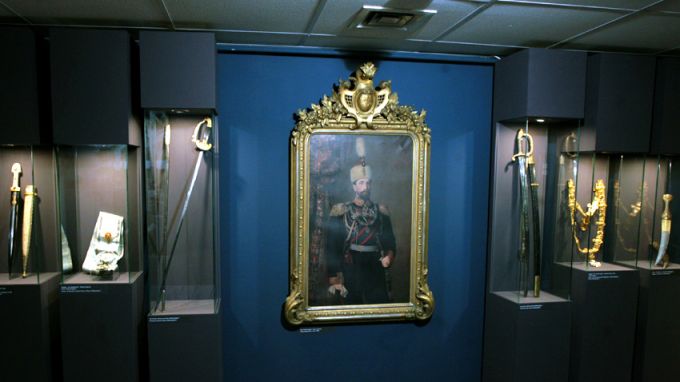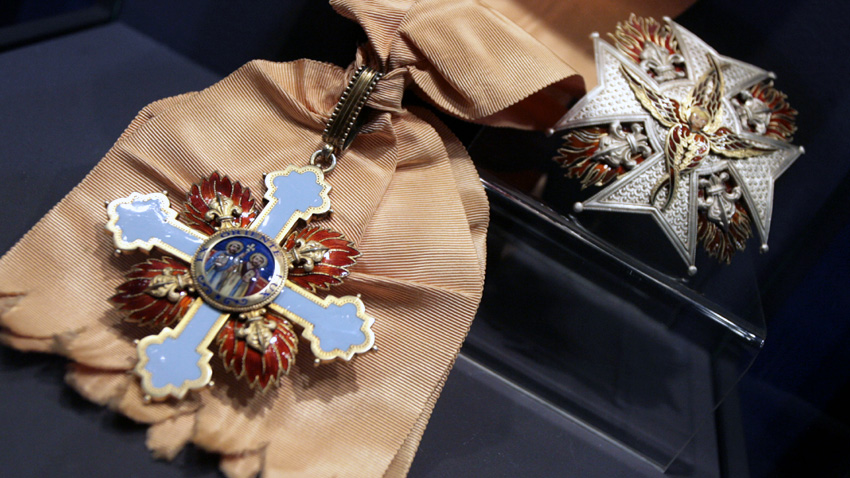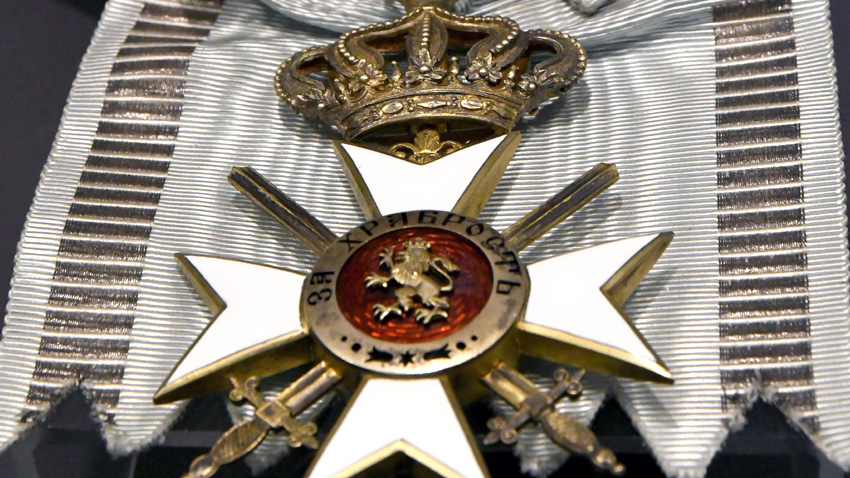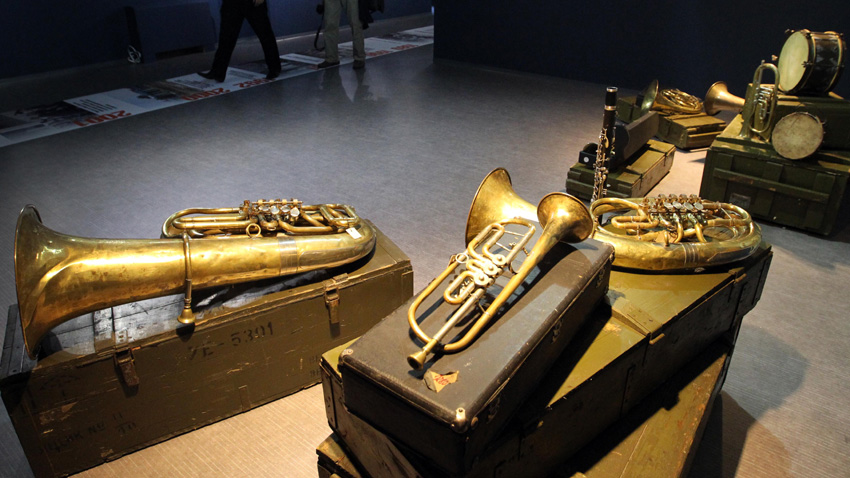 9
9
At the height of summer in 1914, Tsar Ferdinand issued a decree, setting up a military history commission with the army general staff. The commission was responsible for creating a future complex, comprising a museum, archives and a library for keeping the memory of Bulgaria's history alive. Two years later, as World War I was raging, the National Museum of Military History officially came into being by order number 391, dated 4 July 1916 “…to preserve for all time all objects connected with the events now writing the most important pages of our military history…”
The Museum is now marking its centennial jubilee and is once again taking us back in time. “These past 100 years are most of all years of history, of remembrance, but also a great responsibility to the coming generations. The exhibition marking the anniversary is entitled “The first 100” and with this exposition we try to provide an answer to the question what these 100 years have been like,” says Kalina Hinkova, Director of the “Museum marketing, public relations and educational programmes” Directorate at the National Museum of Military History.

The exhibition opened today, 5 July, as part of the open doors day which spans 22 hours and is a gift from the museum to its visitors, she adds.
“The exhibition is a token of gratitude to all people, without whom we wouldn't be here today,” says Kalina Hinkova. “They are: the people from the Ministry of War who created the museum, the benefactors who helped make the museum fund so diverse and interesting and, of course, all museum workers through the years. The exposition showcases the selection made by our colleagues, who have worked so hard to bring together these artifacts - now more than one million in number. The general exhibition - “The first 100” - is on until September, but there are unique exhibits which the museum displays very rarely, that can only be seen today, July 5. These include the Grand Order of Saints Equal to Apostles Cyril and Methodius - the highest order of the Kingdom of Bulgaria, whose Grand Master is the monarch. The everyday and the official scepter belonging to Boris III - one of the most precious regal symbols - is, of course, hand-crafted. We shall display Faberge eggs which the museum otherwise keeps in a safe. Visitors will be able to see unique pieces of jewellery - things the public hardly suspects a military museum could be in possession of,” says Kalina Hinkova.

The museum will display, for the first time, Oriental swords and daggers belonging to Bulgarian Prince Alexander I, as well as the Grand Cross of the Order for Bravery, donated by Countess von Hartenau, wife of Prince Alexander I of Battenberg. Visitors will also be able to see the penholder and ink-pot used by General Pravoslav Tenev to write the ordinance for founding the Military Museum as well as the writing desk, at which General Nikola Zhekov signed it on 4 July 1916. The wealth and diversity of the artifacts collected by the museum throughout this century will be included in collections which, though few people know even exist, are highly intriguing. The “Musical Instruments” collection will demonstrate how war has gone hand in hand with art. The “Archives” exposition will offer visitors a glimpse into the ocean of documents, science publications and maps. Another collection - “Banners” - presents elements of army flags, symbols of statehood and independence. For the first time the National Museum of Military History will throw its storage facilities and restoration studios open to the public. And for kids there will be a children's corner.”

The idea of “The First 100” exhibition at the National Museum of Military History is to throw a bridge between past, present and future.
“At the moment the National Museum of Military History is actually a family of four museums - our museum in Sofia, the Aviation Museum in Kroumovo (near Plovdiv), the Museum of Naval History and the Vladislav Varnenchik Museum-Park - 1444, both in Varna. We are hoping to be able to organize exhibitions and programmes that will intrigue the public to mark our 125th anniversary. And I am looking so far ahead because as of the beginning of this year we have had a time capsule at the museum in Sofia. In this capsule we are collecting and storing the memories and recommendations of the public, as well as our own throughout this year, so that in 25 years' time our colleagues will be able to travel back in time and see what tasks and advice we, in our day, have left for them,” says Kalina Hinkova.
English version: Milena Daynova
The Bulgarian Land Forces are celebrating their holiday today. A statement from the Ministry of Defense's press center notes that November 19, 2024 marks 139 years since the glorious victory at Slivnitsa and 146 years since the establishment of..
The book "Ten Great Friends of Bulgaria" by journalist Milena Dimitrova will be presented this evening at 6pm at the Sts. Cyril and Methodius National Library in Sofia. The book recounts the lives of ten people of different nationalities and eras, whose..
The Getty Museum in Los Angeles, USA, is hosting a webinar today entitled Who Were the Thracians? Professor of Classical and Ancient History Matthew Sears will discuss the Thracian legacy and its influence on ancient Athens. Sears is the author of..
On November 24, the Bulgarian Orthodox Church honors St. Catherine (Sveta Ekaterina in Bulgarian) , who was one of the most educated women of her time...
On November 25, the Bulgarian Orthodox Church honours the memory of St. Clement of Ohrid – a distinguished archbishop, teacher and scholar. He was among..

+359 2 9336 661
